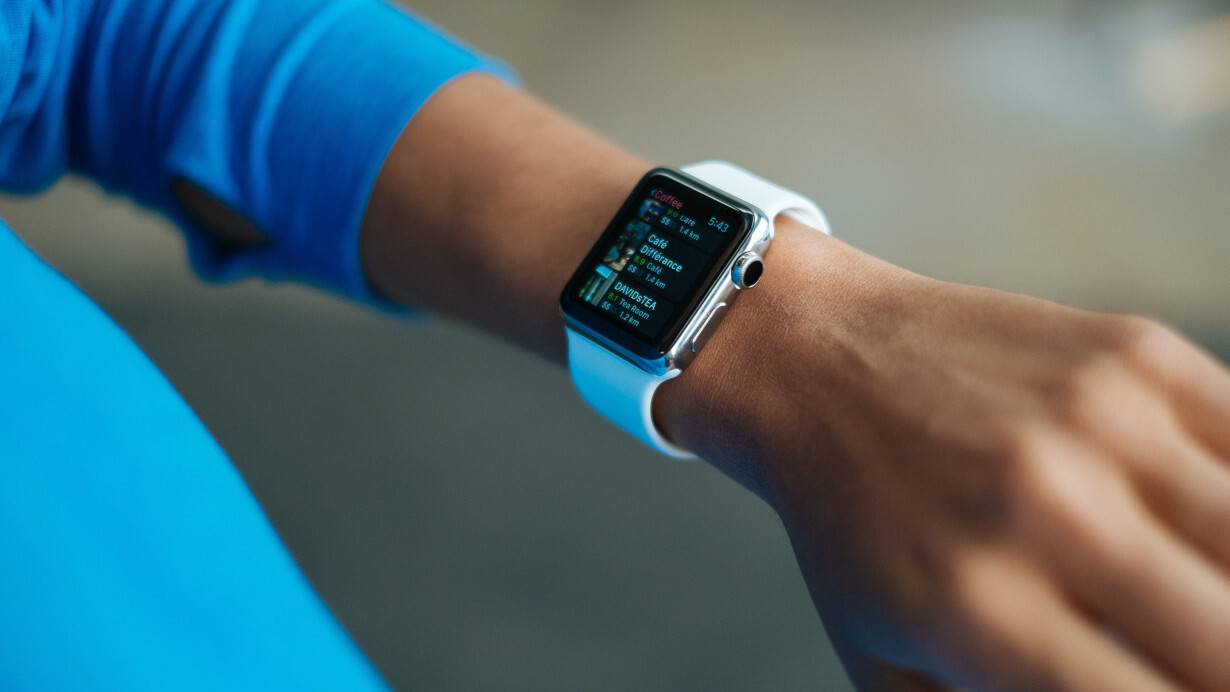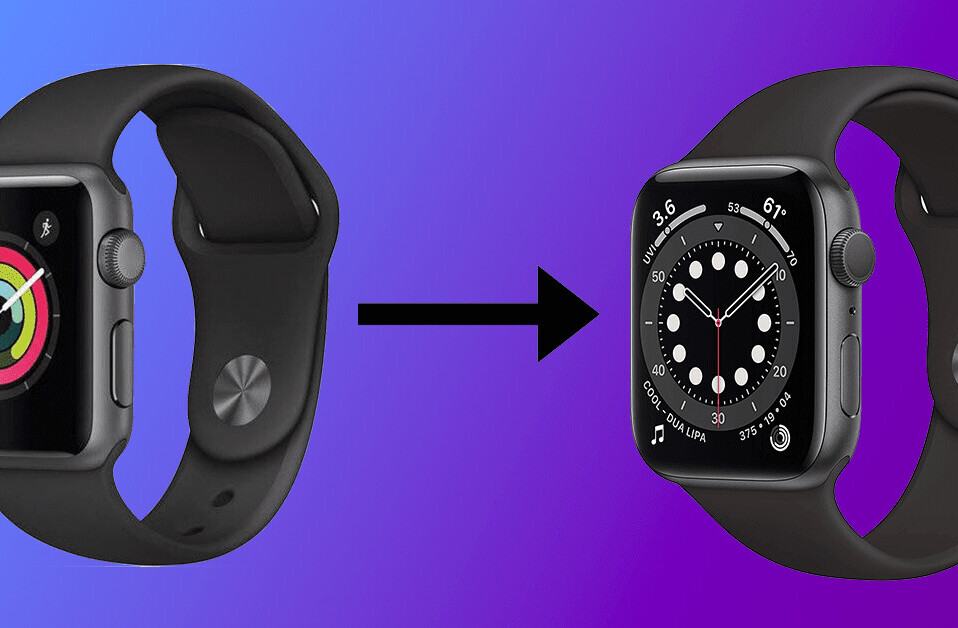
From the Apple Watch Series 3 to the Fitbit Versa and all the new tech in-between, wearable tech has been taking over for quite a while now. As the wearable tech market grows, businesses are looking for opportunities to join in.
To learn how to optimize a business for wearable success, we asked a panel of entrepreneurs from YEC the following question:
How are you optimizing your business for wearables?
Here’s what they said:
1. Make sure your team understands the tech
I run a tech consultancy and I’m often asked about wearables and how they fit into the solutions we create for our clients. I want to ensure my team is aware of the range of opportunities that exist around the technology, so I bought a wide variety of wearables and added them to our tech library. Anyone can mess around with the gadgets to get a feel for how they work and the value they can add. – Ryan D Matzner, Fueled
2. Consider wearable-optimized mobile apps
I think the key is not looking at wearable tech in isolation, but how it integrates into smart homes and digital environments. I think a full series of apps to help wearable tech integrate with either your product or service will become more necessary going forward. – Zev Herman, Superior Lighting
3. Optimize for voice search
The increase in wearable technology means that more people are using their voice to search online. Instead of typing in a couple search terms, they’re speaking to their devices in a more natural way with longer, complete sentences. That’s why it’s important for our company to optimize for voice search. This means we’re using more natural language and long-tail keywords. – Chris Christoff, MonsterInsights
4. Reduce page loading time
Studies have shown that websites with faster loading times were favored for ranking on the top of Google Home searches, so reducing the loading time is key to optimizing for wearables and other voice search devices. We checked to make sure our images were optimized and minified the HTML, CSS and JavaScript on our web pages and more. – John Turner, SeedProd LLC
5. Use structured data markup
Structured data helps search engines read and present information about your website quickly and efficiently and allows users to get more info about events, price range, menus, and so on from a business, which is important for voice search. You can use Google’s Structured Data Markup Helper tool to help you with this optimization. – Blair Williams, MemberPress
6. Consider gamification
Wearable technology has a unique ability to capture customers’ attention due to the fact that it is literally attached to their body. Because of this, website and app designers should take advantage of this aspect of the tech to push gamification. Offering progress rewards and trophies similar to a video game is an excellent technique that takes full advantage of wearable technology. – Bryce Welker, CPA Exam Guy
7. Integrate your apps
We’ve been using our app and testing it with apps to see how a user may be able to use their wearable, including syncing information on calendars for appointment/meeting reminders and tracking goals. – Angela Ruth, Calendar
8. Provide discounts for those wearing fitness trackers
There are new insurance products that offer lower premiums for reporting fitness data from their Apple Watch or Fitbit. We are marketing these products to younger generations as they are the most comfortable sharing their activity data. Insurance companies like these products because they have fewer claims from people that stay healthy. And healthy people appreciate lower cost insurance. – Brian Greenberg, Life Insurance Quotes
9. Optimize the front lines of content
One of the key components of wearables is voice search, small displays and minute apps. Therefore, we anticipate search commands and lending a “human” tone to long-tail keywords. After all, people are more likely to speak aloud whole commands and type sentence fragments. Therefore long-tail keywords and phrases may not be best suited to voice search without “stop words” and “filler words.” – Brandon Stapper, Nonstop Signs
10. Enable customer service via wearables
When a customer service issue arises, we are able to get tech support without leaving our desks. We are able to share our screens with support and troubleshoot right there. Wearables allow us to work more efficiently, reduce customer wait time and provide the best possible customer service experience. – Blair Thomas, eMerchantBroker
11. Combine immersive technologies to enhance training
We are utilizing wearable technology to enhance training exercises that we are building in virtual reality for our clients. A live example from a project we recently worked on: Integrating haptic feedback gloves for a virtual reality surgery application in order to enhance training for doctors and surgeons to help them learn from costly mistakes much faster. – Lorne Fade, VR Vision Inc
12. Use them for appointment scheduling
With wearable technology becoming the latest “thing,” we as a law firm have to stay a cut above others in our niche. We will soon be introducing appointment technology that will send notifications and reminders for attorney appointments/court dates so that our clients never miss these important dates. We will also be optimizing our legal documents so that they are viewable on smaller devices. – Matthew Podolsky, Florida Law Advisers, P.A.
Get the TNW newsletter
Get the most important tech news in your inbox each week.





